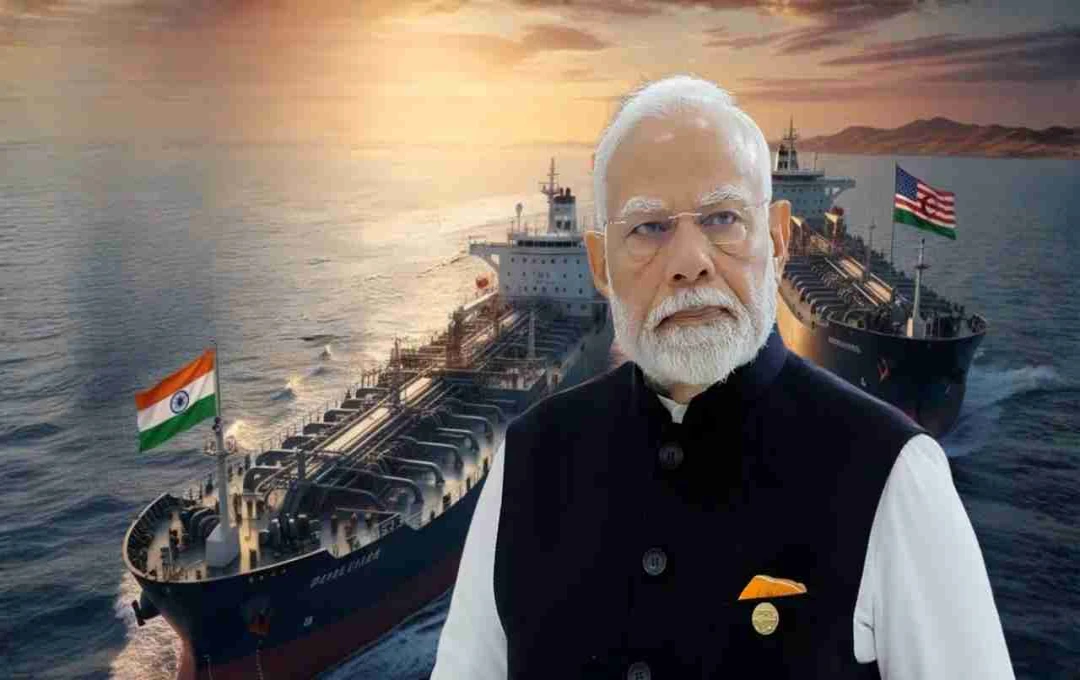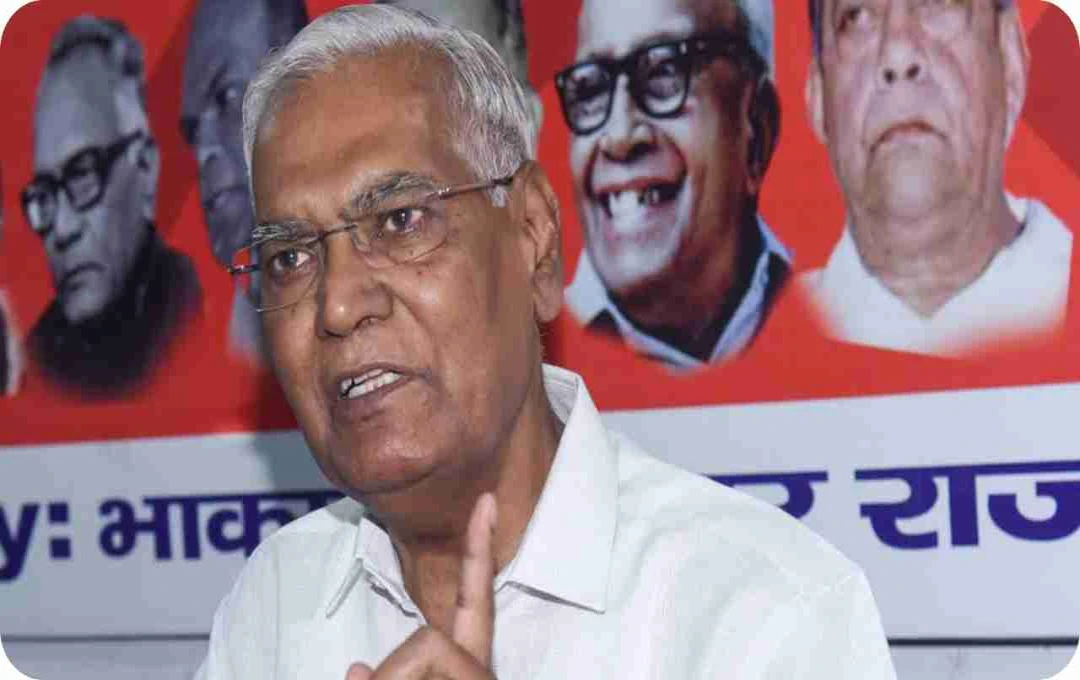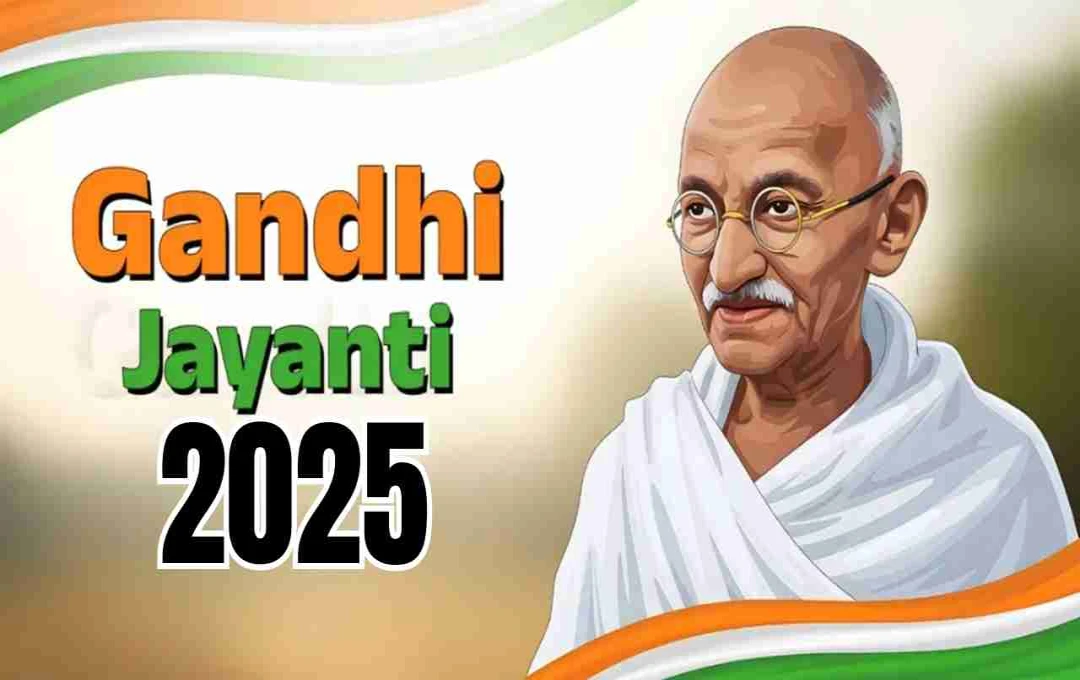India has shifted its energy policy by reducing oil purchases from Russia. In the first half of the current fiscal year, imports from Russia decreased by 8.4%, while oil purchases from the US and the Middle East increased. Due to reduced discounts and US pressure, India is now re-emphasizing its reliance on traditional suppliers.
Oil imports: A significant shift has been observed in India's oil market. In the first half of the current fiscal year, oil imports from Russia decreased by 8.4%, while purchases from the US and the Middle East saw an increase. Experts suggest that reduced discounts from Russia and supply chain issues have compelled Indian refineries to seek new alternatives. Concurrently, amidst US pressure and trade negotiations, India has taken steps towards balancing its energy strategy, leading to a resurgence in the share of OPEC countries.
Reduced Oil Imports from Russia
In the first half of this fiscal year, specifically between April and September, India purchased an average of 1.75 million barrels of oil per day from Russia. In September, this figure remained stable at 1.6 million barrels per day, but it is 14.2 percent lower compared to the previous year. According to trade data, total oil imports from Russia registered an 8.4 percent decline during this period.
Experts state that this shift indicates a strategic change in India's energy policy. Over the past two years, India had become the largest buyer of oil from Russia, but this trend now appears to be slowing down.
Why Russian Oil's Appeal Has Faded
There are two primary reasons for the decline in oil imports from Russia. Firstly, Russia is no longer offering the substantial discounts that were available at the start of the war. Previously, India was acquiring Russian crude oil at $20 to $30 per barrel cheaper than the international market, but this discount has now shrunk to approximately $5 to $7. Consequently, this deal is no longer as profitable for Indian refineries.
The second reason is supply issues. Delays in oil shipments from Russia, insurance complexities, and payment-related hurdles have also caused inconvenience to Indian companies. As a result, India was forced to seek new alternatives, and refineries are now once again increasing oil imports from Gulf nations and the United States.
Impact of US Pressure and Trade Agreements
The role of the United States is also considered significant behind this entire shift. Washington has continuously pressured India to reduce its oil purchases from Russia. US officials argue that increasing oil purchases from Russia are providing financial support to Moscow for the Ukraine war.
US Trade Secretary Scott Besant recently stated that India must balance its oil imports and should increase its purchases of American energy products. According to sources, in exchange for growing trade relations with the US and potential tariff relief, India has moved towards bringing this balance into its oil purchasing policy.
Washington's trade advisor Peter Navarro had also taken a b stance on this issue. He stated that India's increasing purchases from Russia were indirectly funding the war. Following this, energy dialogues between the two countries intensified, and India gradually began to increase US oil imports.
Changing Balance of Oil Imports in India

Recent oil trade figures confirm this shift. In September 2025, India purchased an average of 1.6 million barrels of oil per day from Russia, which remained similar to August but was 14.2 percent lower compared to the previous year.
Interestingly, private refineries such as Reliance Industries and Nayara Energy are still purchasing somewhat more oil from Russia, whereas state-owned refineries have significantly reduced their purchases. This indicates that private companies are making market-driven decisions, while government oil companies are adhering to a strategic directive.
During the April to September period, India's oil imports from the US increased by 6.8 percent, reaching 213,000 barrels per day. Concurrently, imports from the Middle East also registered a 5 percent increase.
Increased Share of OPEC Countries
Russia's share in India's total oil imports has decreased from 40 percent to approximately 36 percent. Meanwhile, the Middle East's share has risen from 42 percent to 45 percent. The total share of OPEC countries has now reached around 49 percent, indicating that India is once again re-emphasizing its reliance on traditional suppliers.
Gulf nations, particularly Saudi Arabia and Iraq, have strengthened their market position by providing oil to India at competitive prices. Concurrently, the supply of shale oil from the US has remained stable, providing India with the option to ensure energy security through diversified sources.















